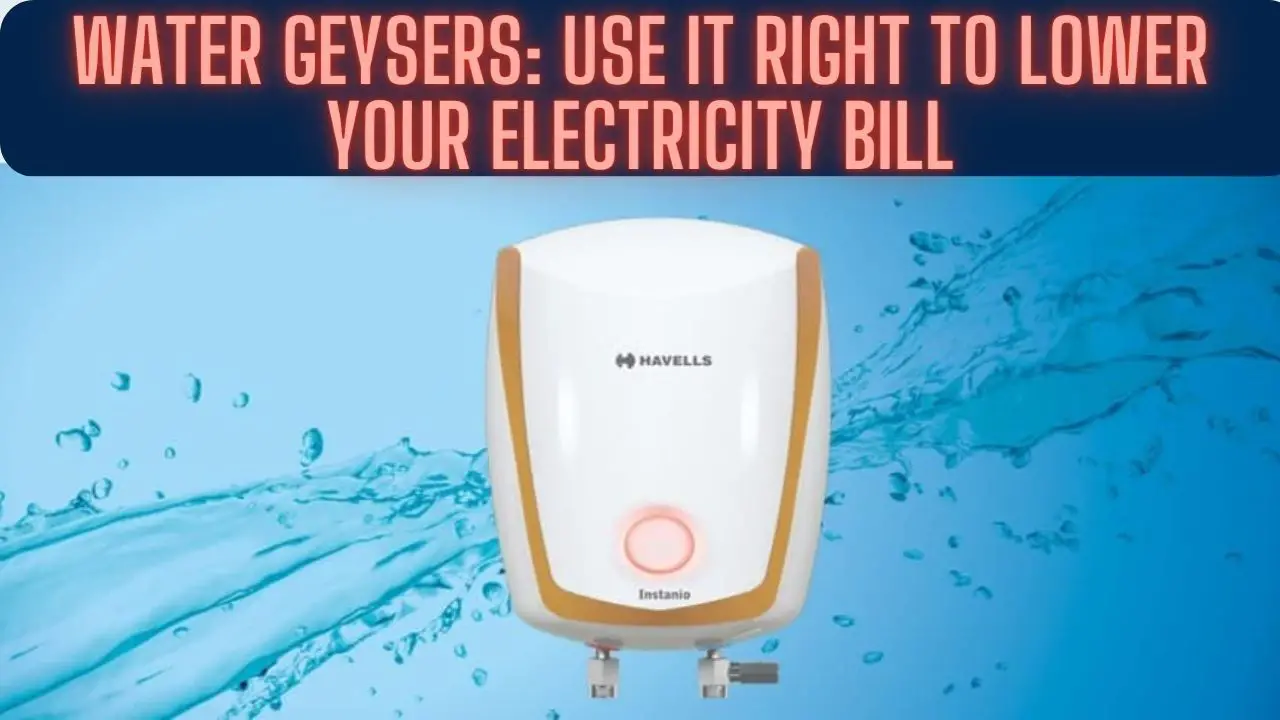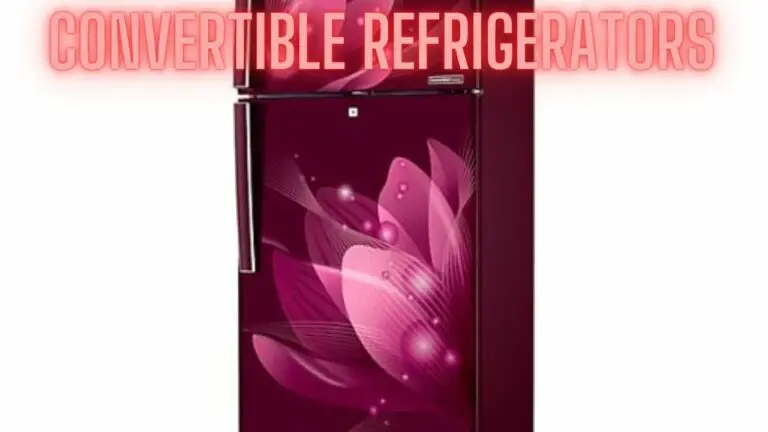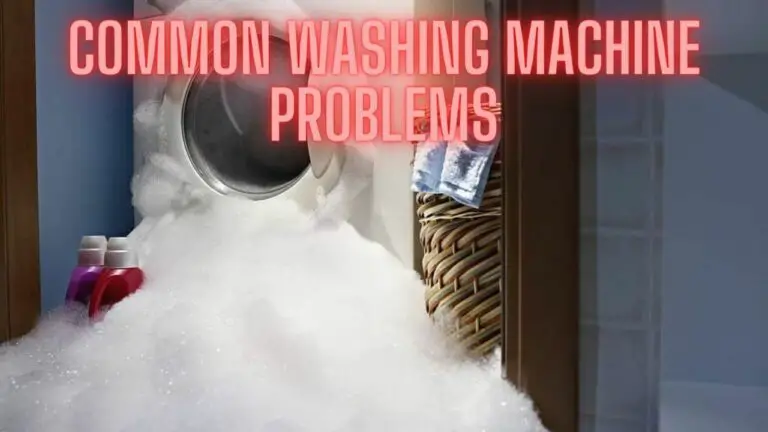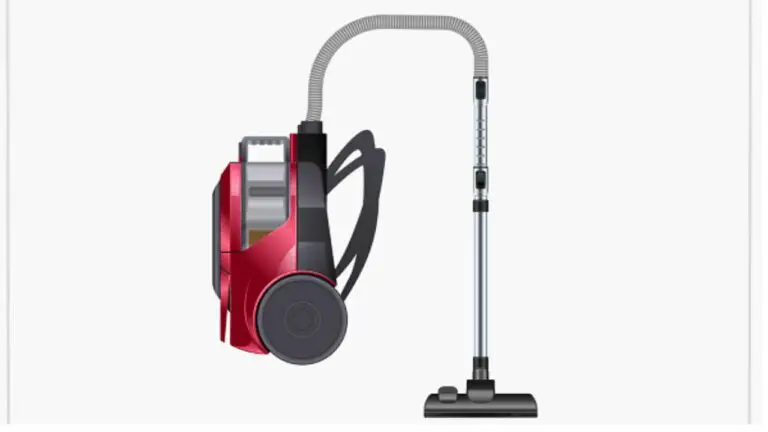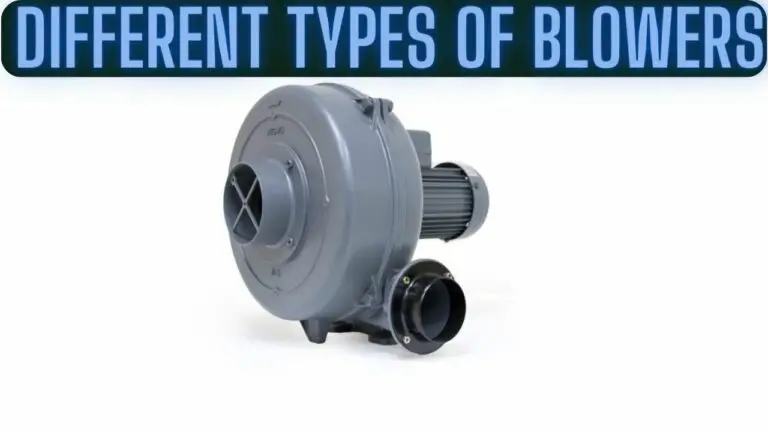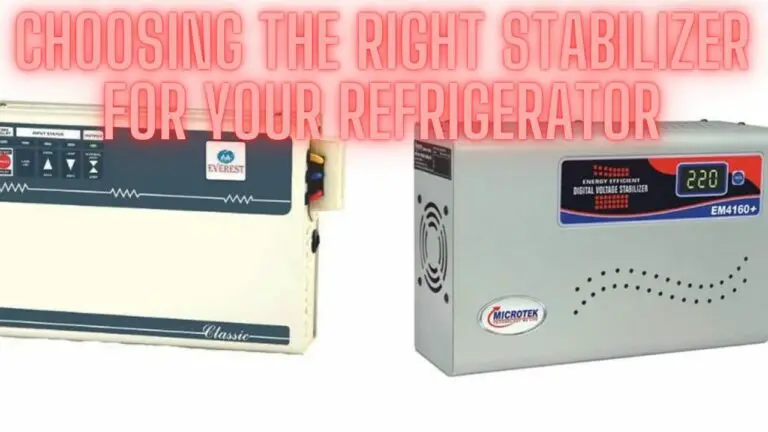Water Geysers: Use It Right to Lower Your Electricity Bill
Introduction
Water heaters, commonly known as geysers in some parts of the world, are indispensable appliances in modern households. They provide us with the comfort of hot water for bathing, cleaning, and various domestic purposes. However, they can also be one of the most energy-consuming appliances in your home, significantly impacting your electricity bill. In this comprehensive guide, we will explore how to use water geysers efficiently to lower your electricity bill without compromising on comfort.
Understanding the Basics: How Water Geysers Work
Before we delve into energy-saving tips, it’s essential to understand how water geysers function. Water geysers use one of two main heating methods: electric heating elements or gas burners. Here’s a brief overview of how each type works:
1. Electric Water Geysers:
Electric water geysers have one or more heating elements inside the tank. These heating elements are made of metal and heat up when electricity flows through them. The heated elements transfer heat to the surrounding water, raising its temperature.
- Thermostat: Electric geysers have a thermostat that allows you to set the desired water temperature. When the water temperature drops below the set level, the thermostat signals the heating element to turn on, and when the water reaches the desired temperature, it switches off.
- Tank Insulation: Many electric geysers come with tank insulation to minimize heat loss, keeping the water hot for an extended period.
2. Gas Water Geysers:
Gas water geysers use a gas burner, typically powered by natural gas or propane, to heat water. They do not rely on electricity for heating.
- Burner and Pilot Light: These geysers have a gas burner that ignites when you turn on the hot water tap. A pilot light usually stays on to keep the burner ready for heating.
- Temperature Control: Gas geysers often have a temperature control knob that allows you to adjust the water temperature as needed.
- Ventilation: Proper ventilation is essential for gas geysers, as they produce combustion gases that need to be safely expelled outdoors.
Energy-Saving Tips for Water Geysers:
Now that we have a grasp of how water geysers work, let’s explore practical ways to use them efficiently and reduce your electricity bill:
1. Set the Right Temperature:
- Electric Geysers: Set the thermostat to a comfortable but not excessively high temperature. A setting between 120°F (49°C) and 140°F (60°C) is generally sufficient for most household needs.
- Gas Geysers: Adjust the temperature control knob to your desired level. It’s best to find the right balance between hot water comfort and energy efficiency.
Why it Matters: Lowering the water temperature reduces the energy required to heat it, resulting in energy savings.
2. Use a Timer:
- Consider installing a timer for your electric geyser. You can program it to turn on the heating element during periods when you need hot water, such as mornings and evenings.
Why it Matters: Timers help you avoid heating water unnecessarily, especially during off-peak hours when electricity rates may be higher.
3. Insulate Your Geyser Tank:
- If your geyser doesn’t already have tank insulation, consider adding a water heater blanket or jacket. Insulation helps reduce heat loss, keeping the water hot for longer.
Why it Matters: Improved insulation minimizes the need for the heating element to work frequently, resulting in energy savings.
4. Fix Leaks and Dripping Faucets:
- Leaky hot water taps or pipes can waste both water and energy. Promptly fix any leaks in your hot water system.
Why it Matters: Repairing leaks ensures that you get the hot water you need without unnecessary energy waste.
5. Use Cold Water for Laundry:
- When using your washing machine, opt for cold water whenever possible. Modern detergents are designed to work effectively in cold water, and heating water for laundry can be energy-intensive.
Why it Matters: Using cold water for laundry reduces the load on your geyser and conserves energy.
6. Opt for Showers Over Baths:
- Showers generally use less hot water than baths. When possible, choose showers to reduce hot water consumption.
Why it Matters: Less hot water usage means lower energy consumption and lower electricity bills.
7. Install Low-Flow Faucets and Showerheads:
- Low-flow faucets and showerheads reduce the flow rate of hot water, which can lead to significant water and energy savings.
Why it Matters: These fixtures can help you get the same level of comfort with less hot water, resulting in energy and cost savings.
8. Regular Maintenance:
- Periodically check and maintain your geyser. Ensure that the thermostat and heating elements are functioning correctly. Clean or replace filters as needed.
Why it Matters: Proper maintenance ensures that your geyser operates efficiently and doesn’t waste energy.
9. Consider a Solar Water Heater:
- If you live in an area with ample sunlight, investing in a solar water heater can be a sustainable and cost-effective option. Solar heaters use the sun’s energy to preheat water before it enters your geyser, reducing the load on the heating element.
Why it Matters: Solar water heaters can significantly lower your reliance on electricity or gas for heating water, resulting in long-term savings.
10. Use Off-Peak Hours:
- If your electricity provider offers off-peak rates, consider heating water during these hours. Many utility companies have lower rates during nighttime hours.
Why it Matters: Taking advantage of off-peak rates can help reduce your electricity costs for geyser operation.
FAQS
What is a water geyser?
- A water geyser, also known as a water heater, is an appliance that heats and stores water for various domestic purposes, such as bathing, cleaning, and cooking.
How does a water geyser work?
- Water geysers heat water using either electric heating elements or gas burners. The heated water is stored in a tank or produced on-demand (tankless) and is then delivered to faucets and fixtures when needed.
What are the types of water geysers available?
- There are two main types of water geysers: electric water geysers, which use electricity to heat water, and gas water geysers, which use natural gas or propane as a heat source.
What is the optimal temperature setting for a water geyser?
- The optimal temperature setting for a water geyser is typically between 120°F (49°C) and 140°F (60°C). This range provides hot water for various household needs while minimizing energy consumption.
Are there energy-efficient water geysers available?
- Yes, there are energy-efficient water geysers available that meet specific energy efficiency standards. Look for models with high Energy Factor (EF) ratings to ensure efficient operation.
How can I lower the electricity or gas consumption of my water geyser?
- You can lower the electricity or gas consumption of your water geyser by setting the thermostat to an appropriate temperature, using a timer to control heating cycles, insulating the geyser tank, and practicing water-saving habits such as shorter showers and using cold water for laundry.
Is it safe to adjust the thermostat of my water geyser?
- Yes, it is safe to adjust the thermostat of your water geyser, but it should be done carefully. Make sure to turn off the power supply before making any adjustments and follow the manufacturer’s instructions.
How often should I perform maintenance on my water geyser?
- Regular maintenance of your water geyser is essential. Check and maintain your geyser periodically to ensure that the thermostat, heating elements, and safety features are functioning correctly. Clean or replace filters as needed.
Can I use a solar water heater alongside a conventional water geyser?
- Yes, you can use a solar water heater alongside a conventional water geyser. Solar water heaters use the sun’s energy to preheat water, reducing the load on the geyser and providing energy savings.
Are there any safety precautions I should follow when using a water geyser?
- Yes, safety is crucial when using a water geyser. Some precautions include setting the thermostat at a safe temperature to avoid scalding, ensuring proper ventilation for gas geysers, and turning off the power supply before performing any maintenance.
Can water geysers be used in cold climates?
- Yes, water geysers can be used in cold climates. However, they may need to work harder in colder temperatures to maintain hot water, which can increase energy consumption. Proper insulation and temperature settings are essential in cold climates.
What are the advantages of tankless (on-demand) water geysers?
- Tankless water geysers provide hot water on-demand and do not store hot water in a tank. Their advantages include energy efficiency, unlimited hot water supply, and space-saving design. However, they may have a higher initial cost.
Can I install a water geyser myself, or should I hire a professional?
- It is recommended to hire a professional for the installation of a water geyser, especially if you are not experienced with plumbing and electrical work. Improper installation can lead to safety hazards and performance issues.
How long does a typical water geyser last?
- The lifespan of a water geyser varies depending on factors such as usage, maintenance, and water quality. On average, a well-maintained geyser can last 10 to 15 years or more.
Are there any government incentives or rebates for energy-efficient water geysers?
- Some regions may offer government incentives, tax credits, or rebates for the purchase of energy-efficient water geysers. Check with your local utility or government to see if any programs are available in your area.
Conclusion: Efficient Geyser Use for Savings and Comfort
Water geysers are essential for our daily comfort, but they can contribute significantly to your electricity bill if not used efficiently. By implementing these energy-saving tips, you can strike a balance between hot water comfort and cost-effective operation. Remember that small changes in your daily routine and geyser usage can add up to substantial energy and cost savings over time. So, use your water geyser wisely to enjoy both warm baths and lower electricity bills.

